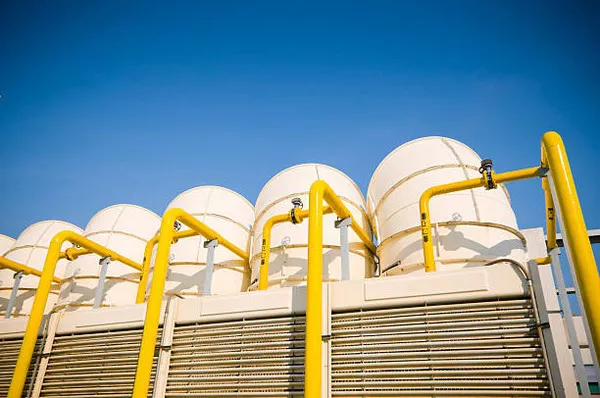SpaceX’s highly anticipated test flight of its mega-rocket, Starship, ended in disappointment on Saturday as both the booster and spacecraft were lost in a pair of explosions just minutes into the mission. The ambitious rocket, reaching nearly 400 feet in height, aimed to demonstrate its capabilities for future missions to the moon and Mars.
The test flight, which took off from South Texas, initially showed promise as the rocketship successfully reached space. However, communication was abruptly lost, and SpaceX officials later confirmed that the ship’s self-destruct system was triggered over the Gulf of Mexico.
Minutes prior to the Starship explosion, the separated booster also exploded over the gulf. Despite the booster’s destruction, its primary function had already been completed.
The entire demo, lasting around eight minutes, was an improvement over the first test in April, which also concluded with an explosion. The recent flight concluded as the six engines of the spacecraft were nearly finished firing, setting it on a trajectory around the world.
SpaceX commentator John Insprucker acknowledged the success of the liftoff, highlighting that all 33 booster engines functioned as intended, a notable improvement from the previous test. The booster seamlessly detached from the spaceship, which reached an altitude of 92 miles.
“We got so much data, and that will all help us to improve for our next flight,” commented Kate Tice, emphasizing the value of the information gathered during the test.
Elon Musk, founder of SpaceX, observed the launch from the company’s control center near Boca Chica Beach in South Texas. While employees at the California headquarters initially celebrated the liftoff, the mood shifted once it became clear that the spacecraft had been destroyed.
Starship, standing as the largest and most powerful rocket ever constructed, aims to carry humans to destinations like the moon and Mars. Despite the setback, SpaceX remains optimistic about the project’s future, noting the extensive data collected during the test and the improvements made since the April demonstration.
The Federal Aviation Administration (FAA) had cleared the rocket for flight after confirming safety and environmental concerns had been addressed. However, following the incident, the FAA announced an investigation into the failure, stating that no injuries or public damage had been reported.
NASA, a key partner with SpaceX, has plans to utilize Starship for lunar missions, with a goal to land astronauts on the moon by the end of 2025 or shortly thereafter. Despite the setback, NASA Administrator Bill Nelson expressed a commitment to learning from the test and moving forward, emphasizing that “today’s test is an opportunity to learn — then fly again.”

